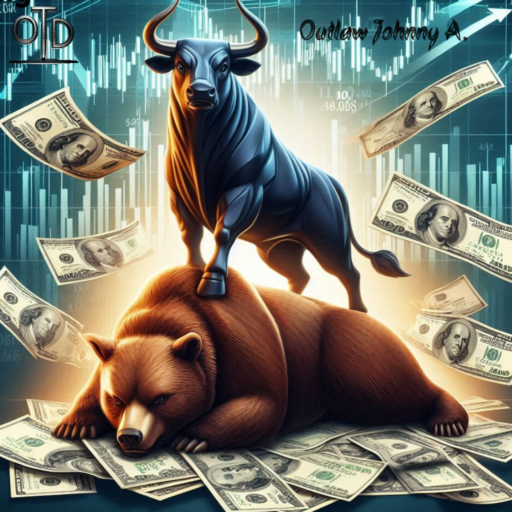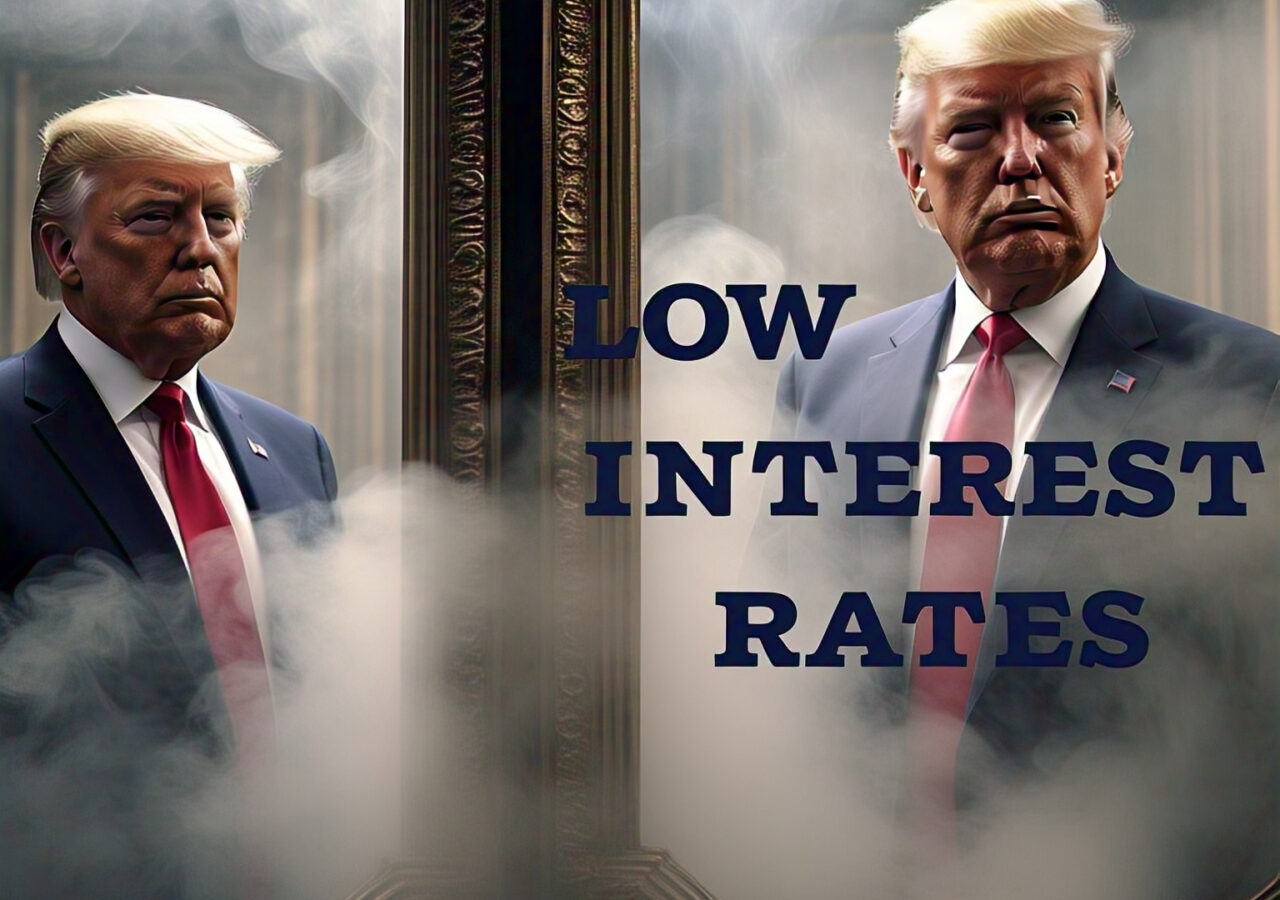Last week was not just choppy; it was a full-blown market meltdown, the worst performance we have seen since the early days of COVID-19. Here is the brutal breakdown:
- Extreme Volatility: The markets were in free fall, with indices slumping sharply, triggering widespread panic. This was not a modest pullback but a seismic drop that left even the most hardened investors reeling.
- Investor Panic: The carnage was reminiscent of the early COVID days, as fear gripped investors, prompting a rapid shift to safe-haven assets. Bonds, gold, and other low-risk investments saw a marked uptick as everyone scrambled to preserve capital.
- Economic Data & Sentiment: Negative economic signals and the ever-looming threat of rising interest rates compounded the situation. Confidence evaporated overnight, leading to aggressive selloffs across multiple sectors.
- Outlook: With the market in disarray, the current sentiment is one of extreme caution. While some may see opportunities in the chaos, the underlying uncertainty suggests that investors should be ready for continued turbulence before any lasting recovery takes hold.
- Hold tight; keep your cash ready. Here is the real story.
This is a war on interest rates, not a tariff war
Let’s be clear: this is not some grand tariff war, no matter how breathless the headlines or how many times CNN replays “Liberation Day” like it’s D-Day. What we are watching is not about trade — it is about interest rates. Specifically, it is the Trump administration waging war on them.
While D.C. pundits clutch their pearls over “Tariff Tantrum 2.0” and traders faint into their Bloomberg terminals, those of us not born yesterday see the real play: a classic bait-and-switch. The tariffs? Just cover fire. The real mission? Push interest rates down, because lower rates mean lower deficits — a handy thing when you are staring down the barrel of a $7 trillion debt refinancing over at the Treasury.
No, this is not about saving jobs in Youngstown. This is about saving the budget with financial prestidigitation. And if markets must dive while the Fed gets a little “motivation,” well — that’s just collateral damage.
The Real Game: Treasury Yields!
Let us dispense with the political theater: if you think these tariffs are about “unfair trade practices” or “protecting American manufacturing,” I have got a bridge in Brooklyn priced to move. The administration’s true endgame is written in plain sight on the yield curve.
With approximately $7 trillion in federal debt maturing this year, the White House faces a monumental refinancing challenge amid the highest interest rates in two decades. Every basis point reduction in refinancing costs saves taxpayers $700 million annually. Simple math suggests that engineering a 1% rate drop would save around $70 billion per year — real money even by Washington standards.
“But tariffs hurt economic growth!” cried the economics professors. Yes, Professor Obvious, that is precisely the point. A slowing economy dampens inflation expectations, reduces demand for capital, and — crucially — pushes down long-term interest rates. The 10-year Treasury yield has already gone down over 250 basis points since the tariff announcement.
The White House’s Calculated Gamble
The calculation from Pennsylvania Avenue is remarkably straightforward: create enough economic uncertainty to drive capital into Treasury bonds (the classic “flight to safety”), suppress yields, refinance the maturing debt at lower rates, and then—miraculously!—resolve trade tensions once the Treasury’s funding needs are secured.
This administration, contrary to its carefully cultivated image of economic recklessness, has demonstrated remarkable savvy in managing what matters to them: the cost of servicing America’s ever-expanding debt. The national debt has ballooned, making debt service costs the fastest-growing line item in the federal budget.
Market veterans should recognize the playbook. Create a problem, watch markets panic and yields compress, refinance your debt, then “solve” the problem you manufactured. It is financial crisis management 101, except this time it’s being deployed proactively.
Watch the 10-Year Treasury, Not the News Cycle!!
Smart money is not focused on whether Vietnamese sneakers will cost 46% more or if German automobiles will carry a 20% premium. The only number that truly matters in this charade is the yield on the 10-year Treasury. When that number drops below the administration’s target — likely around 3.2%—expect to see a stunning diplomatic breakthrough that results in tariff reductions or outright elimination.
The narrative will shift seamlessly: “We threatened tariffs, they came to the table, America won!” Meanwhile, the Treasury will have quietly refinanced trillions at favorable rates, achieving the actual objective all along.
Do not forget: Steve’s Pulling the Levers. Also, Treasury Secretary Bessent’s Yield Game: Fewer 10s, Lower Rates
Move over, Powell — there is a new player steering market expectations. Treasury Secretary Steve Bessent has rolled out a strategic plan that targets borrowing costs not through rate policy but by quietly manipulating supply.
The centerpiece? Fewer 10-year Treasury auctions. By restricting the flow of benchmark debt, Bessent is squeezing supply to spark demand — and in turn, drive yields down. It’s simple market mechanics, executed with political finesse.
The move is bold enough to spawn a new trading mantra: “Don’t fight the Treasury.” A modern twist on the classic “Don’t fight the Fed,” but this time, the lever-pulling is coming from the fiscal side of the house.
While the administration could lean more heavily on short-term T-bills to cover its borrowing needs, Bessent is holding the line. No ramp-up in longer-term issuance “for the foreseeable future,” despite prior campaign hints at doing just that.
It is not just a supply tweak — it is a message: Treasury isn’t just a bystander in the yield game anymore. And anyone ignoring that might be fighting the wrong battle.
Strategic Precedents
The use of non-monetary policy tools to influence bond markets has historical precedents. During the Clinton administration, Treasury Secretary Robert Rubin famously leveraged dollar policy to influence interest rates. The Trump administration’s first term saw similar efforts using trade tensions with China to drive market uncertainty and bond demand.
What makes the current approach notable is its scale and apparent coordination. By creating a broad-based trade policy disruption that affects all major trading partners simultaneously, the administration maximizes the potential impact on global risk sentiment and capital flows.
The Punch Line
For investors fretting about their portfolios amid trade war headlines, I offer the same wisdom I give to my son: “Watch the 10-year Treasury. That’s the real story.” When the yield hits the sweet spot, tariffs will magically become negotiable. The manufacturing jobs promised to the Rust Belt will not materialize in meaningful numbers, but they were never the point anyway.
The market reaction to these tariffs is not an unintended consequence — it’s the entire purpose. In the ultimate irony, the very people decrying Trump’s economic nationalism are unwittingly helping him achieve his actual goal by panic-selling equities and rushing into bonds.
So, while journalists spill gallons of digital ink analyzing trade theories and economists publish hand-wringing papers about the welfare costs of tariffs, the administration is focused on a single number that flashes on trading terminals globally. When the 10-year Treasury yield hits its target, this manufactured crisis will begin its managed descent to resolution.
Remember: in Washington’s financial theater, the spectacle in the center ring is designed to distract you from the real action happening in the wings. Keep your eyes on the 10-year — it’s the only scoreboard that matters in this game.
Hang onto your cash. There is going to be a great opportunity when the smoke clears. I feel confident in my analysis. This is going to be another I TOLD YOU SO.
Tomorrow we will explain why we believe this. We have seen this before. The sad part is, most overpaid people on Wall Street do not even realize this is right out of his playbook.

